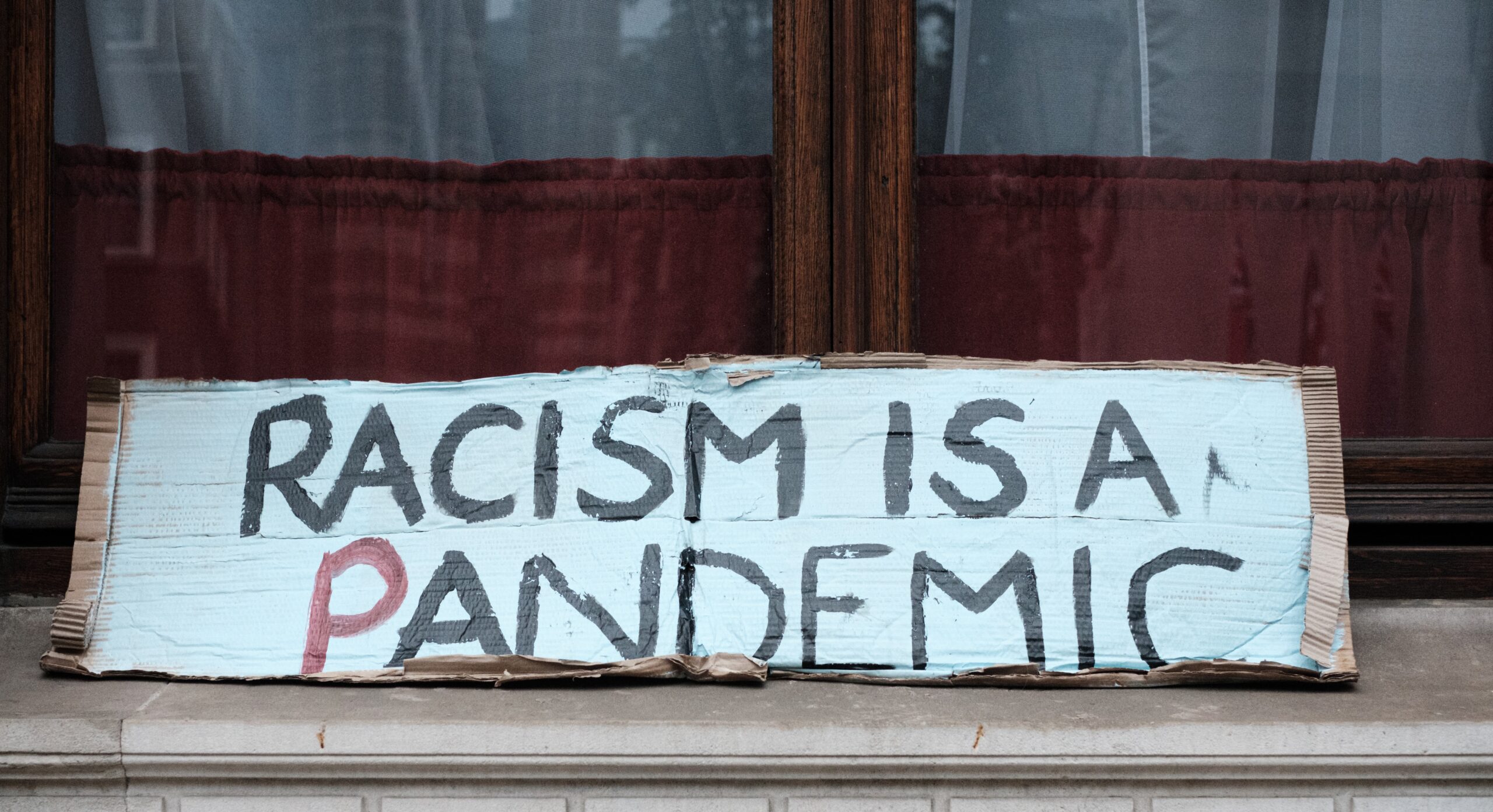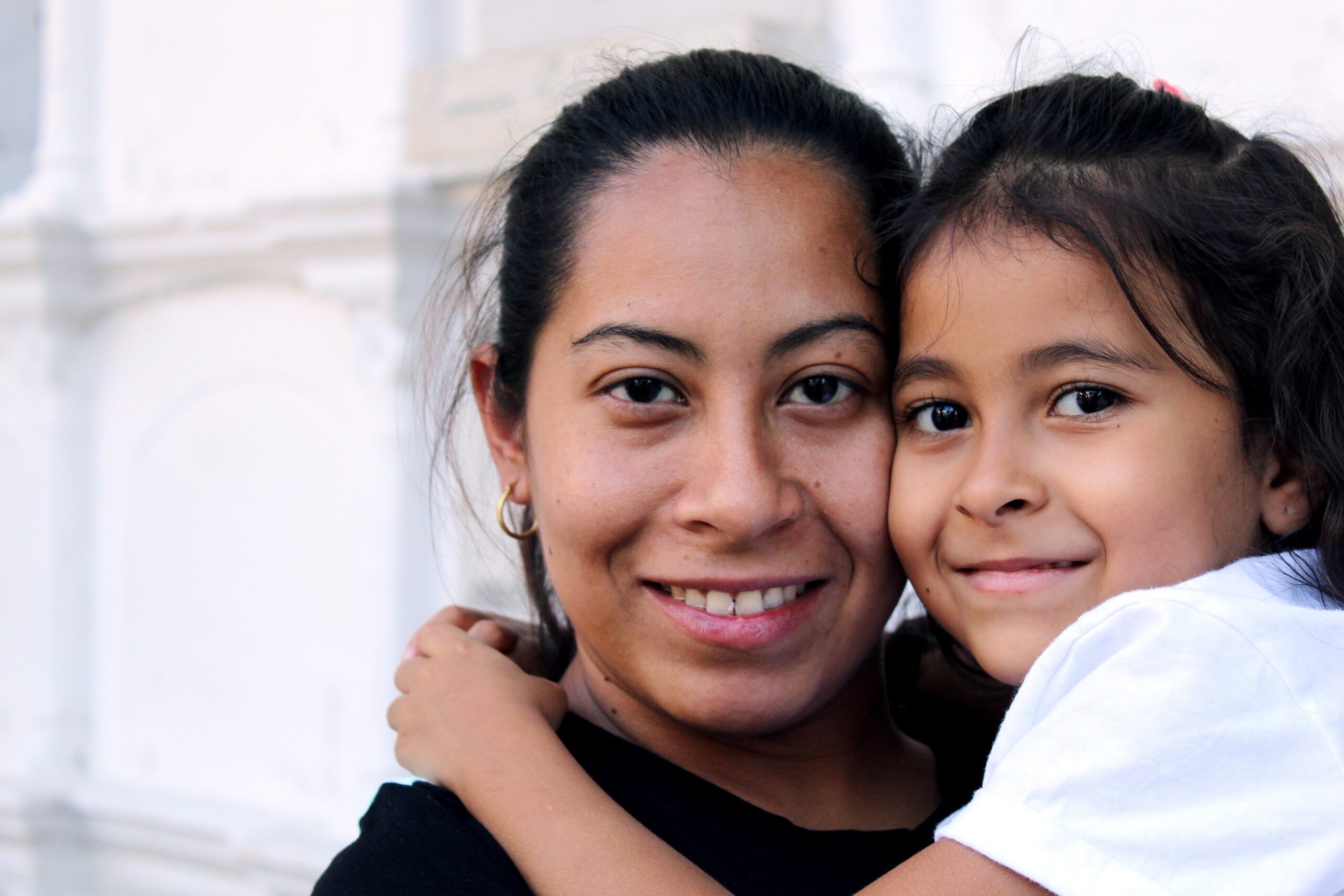Housing and insurance gaps hinder disaster recovery
Editor’s Note: This blog is part of our “Equity in Disasters” series. The series, which focuses primarily on racial equity and justice issues, also explores how these intersect with other kinds of marginalization and the ways that historical and systemic discrimination create an uneven playing field for recovery. In the U.S., people with higher incomes […]

Editor’s Note: This blog is part of our “Equity in Disasters” series. The series, which focuses primarily on racial equity and justice issues, also explores how these intersect with other kinds of marginalization and the ways that historical and systemic discrimination create an uneven playing field for recovery.
In the U.S., people with higher incomes have increased opportunities to invest in real estate and purchase their own homes. But, because of the racialized nature of income and poverty (as we explored in connection to poverty and disasters), people of color have less access to homeownership than white people do. According to the American Community Survey (2012-2016), the U.S. white household homeownership rate was 71%, compared to 41.9% for Black households and 45.8% for Hispanic or Latino households.
It’s not just poverty preventing people from owning homes. Decades of systemic housing discrimination – known as redlining – resulted in people of color being denied mortgages because they were deemed higher risk because of their neighborhood. Those who were redlined lost out on opportunities to purchase housing and often continue to rent today. We will explore the issue of redlining and its impact on disasters in a future blog post in our Equity in Disasters series. Today, we look at how housing and insurance affect recovery outcomes.
Why insurance matters
Real estate is a significant way to build inter-generational wealth, but, in a disaster context, if you own your home, it’s also more likely that you will have insurance – both regular home insurance and flood insurance where appropriate – compared to tenants.

A friend of mine recently discovered the hard way how important renters’ insurance is when several trees went through her roof during Hurricane Ida. Her lack of insurance meant she could only rely on Federal Emergency Management Agency (FEMA) (and their limited assistance for tenants), friends and family to help her family recover. But she isn’t alone.
In fact, the Insurance Information Institute (I.I.I.) reported in 2014 that only 37% of renters have renters’ insurance, while 95% of homeowners have homeowners’ insurance. Mortgage companies often require insurance and build it into a loan, but renters’ insurance is not usually a requirement for a rental lease.
“Renters insurance provides a very important financial safety net when there is a disaster,” points out Jeanne M. Salvatore, senior vice president and chief communications officer for the I.I.I. While renters’ insurance is not incredibly expensive, when you’re choosing between paying the rent or feeding the kids, the thought of insurance falls by the wayside.
This discrepancy also applies to flood insurance. According to a Washington Post study, about 10% of homes in the North Carolina counties hit hardest by Hurricane Florence had flood insurance. Many people don’t realize that their home insurance (both for owners or renters) doesn’t always cover disasters and separate policies must be purchased for floods and earthquakes.
Flood insurance must often be paid in one lump sum for the entire year, unlike regular home or car insurance, which can be paid monthly. For tenants in a high-risk flood area – where rental housing is often cheap – that cost can be impossible.
FEMA assistance is not enough
While those within high-risk flood zones are more likely to at least be aware of their insurance needs, this isn’t always true for those who live outside flood zones. Yet, those outside high-risk flood zones file more than 20% of National Flood Insurance Program claims and receive one-third of federal disaster flooding assistance, according to FEMA.
FEMA disaster assistance is only available in federally declared disasters, which applies to less than half of all flooding events. FEMA disaster assistance is usually quite low, and some or all of that assistance may be in the form of a repayable loan from the Small Business Administration. A report released in late 2020 by FEMA’s National Advisory Council found that “programs are not targeted to those in greatest need.”
In addition to creating or enhancing the racial wealth gap, “many FEMA programs do not consider the principle of equity in financial assistance relief,” the report said. “Damage assessments are based on property ownership, which immediately focuses on the wealthier parts of a community, and disadvantages renters and the homeless population.”
For example, the Individual Assistance Program is “more accessible to those with time, income, and access,” and the National Flood Insurance Program inadvertently assists the wealthier segment of the population by serving only those who can afford to buy flood insurance,” it said. “Through the entire disaster cycle, communities that have been underserved stay underserved, and thereby suffer needlessly and unjustly.”
FEMA has taken steps to make its programs, services and funding more equitable. One that will be particularly useful for tenants is an expansion of the types of documents FEMA will accept when verifying homeownership or occupancy, which it is required to do before providing certain types of assistance. FEMA will now accept:
- Motor vehicle registration.
- Court documents.
- Letters from local schools, federal or state benefit providers and social service organizations.
- A signed statement from a commercial or mobile home park owner.
- Self-certification for mobile homes and travel trailers.
Philanthropy can help address these issues.
Two things that grantmakers and donors can do to address gaps in housing and insurance are:
1. Support risk-reduction programs. Before a disaster, financial assistance programs for homeownership or poverty reduction can improve someone’s living situation, making them less susceptible to a disaster. Insurance information seminars and assistance to purchase insurance, such as a supported savings account, can help move someone along the road to risk reduction.
2. Invest in affordable housing. After a disaster, grantmakers and donors can help develop affordable housing stock in all communities for tenants and homeowners by supporting land trusts, expansion of Section 8 and other assisted housing programs, advocating for increased permanent and subsidized housing, donating land to build housing and supporting policies that allow for increased rental housing such as second suites and tiny homes.
What are other ways that funders can help ensure that lack of housing and insurance don’t stand in the way of equitable recovery after a disaster? What pre- or post-disaster housing initiatives have you funded at your foundation? Share your thoughts on Twitter and tag @funds4disaster!
More like this

Why equity should matter in disaster philanthropy

